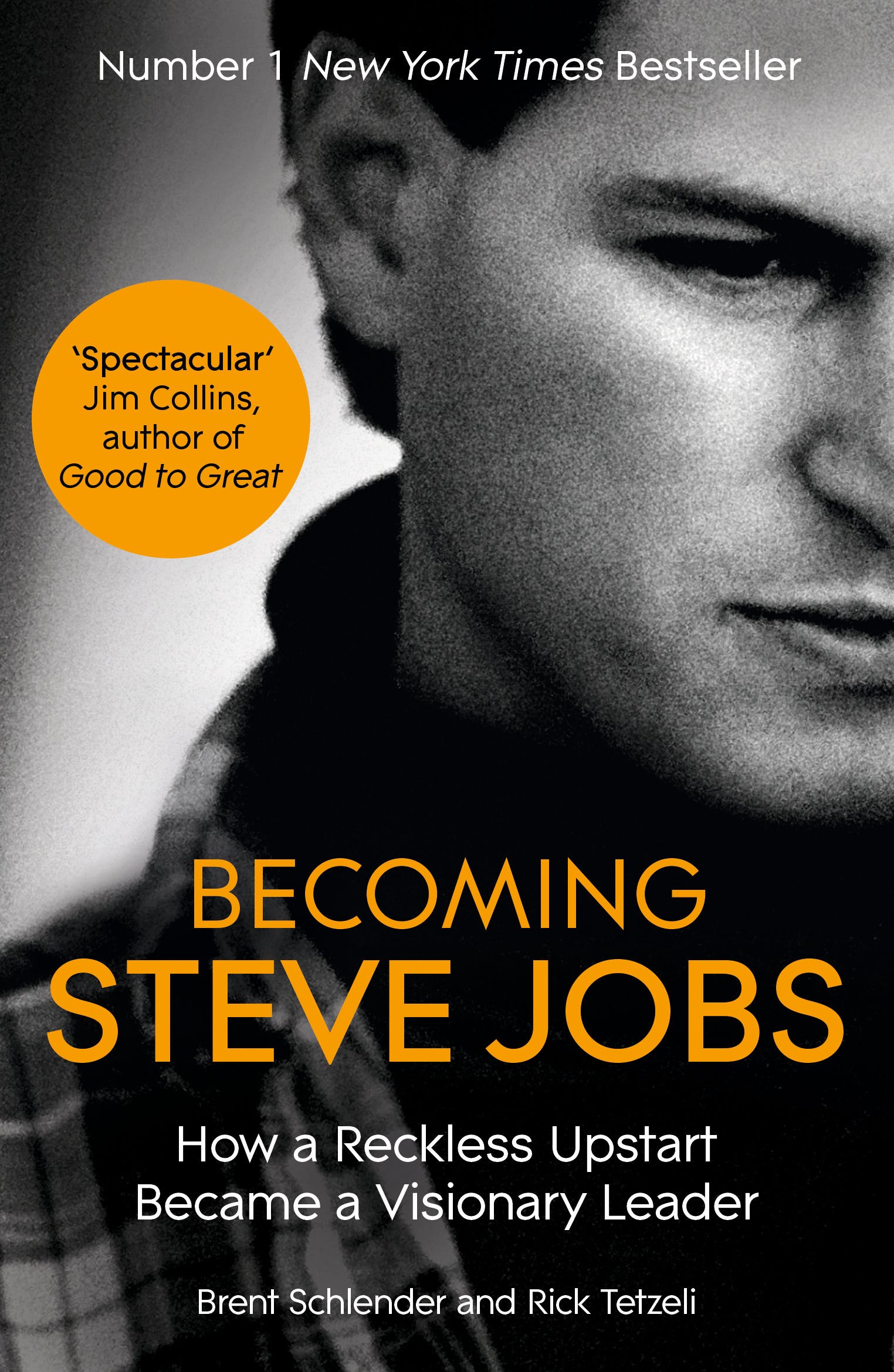
Becoming Steve Jobs: The evolution of a reckless upstart into a visionary leader
von Brent Schlender
The messages of the time were clear: question everything, especially authority; experiment; hit the road; be fearless; and work to create a better world.
concept for the Apple II. They weren’t interested. “Big experienced companies and investors, analysts—those kinds of people, that are trained in business and much smarter than we were—they didn’t think that this was going to be a real big market,” Woz remembered. “They thought it was going to be a little hobby thing, like home robots or ham radios, that a few techie people would get into.” So he quit his job and signed on.
at the time computer hobbyists preferred industrial-looking
Silicon Valley has long depended on marketers nearly as much as it has depended on engineers. Every technological advance must be framed in a beguiling narrative if it’s to get off the workbench and into businesses or homes. These advances often are foreign concepts, after all, with potential that seems opaque if not daunting, so the job of a great marketer is to wrestle the concept back to earth and make it approachable for mere technophobic mortals.
“I watched Bob Dylan as I was growing up, and I watched him never stand still,” Steve would tell me about a year later, in a circuitous attempt to explain why he finally dived back into Apple. “If you look at true artists, if they get really good at something, it occurs to them that they can do this for the rest of their lives, and they can be really successful at it to the outside world, but not really successful to themselves. That’s the moment that an artist really decides who he or she is. If they keep on risking failure they’re still artists. Dylan and Picasso were always risking failure.
Here’s to the crazy ones. The misfits. The rebels. The troublemakers. The round pegs in the square holes. The ones who see things differently. They’re not fond of rules. And they have no respect for the status quo. You can quote them, disagree with them, glorify or vilify them. About the only thing you can’t do is ignore them. Because they change things. They invent. They imagine. They heal. They explore. They create. They inspire. They push the human race forward. Maybe they have to be crazy. How else can you stare at an empty canvas and see a work of art? Or sit in silence and hear a song that’s never been written? Or gaze at a red planet and see a laboratory on wheels? We make tools for these kinds of people. While some see them as the crazy ones, we see genius. Because the people who are crazy enough to think they can change the world, are the ones who do.
“The company is one of the most amazing inventions of humans, this abstract construct that’s incredibly powerful. Even so, for me, it’s about the products. It’s about working together with really fun, smart, creative people and making wonderful things. It’s not about the money. What a company is, then, is a group of people who can make more than just the next big thing. It’s a talent, it’s a capability, it’s a culture, it’s a point of view, and it’s a way of working together to make the next thing, and the next one, and the next one.” A talent, a capability, a culture, and a point of view: the Apple he was in the midst of re-creating would have all these things, as would the products it would create.
These are the years when he got almost everything right. They are also the years that show most completely how he had changed, and that manifest the prolifically creative person and the genuine business genius he had become. “I am who I am,” Steve liked to say. This was most true during the last seven years of his life.
the brand’s “account” in his imagination. The “Apple experience” was an unprecedented merger of marketing and technology excellence that made customers want to come back for more.